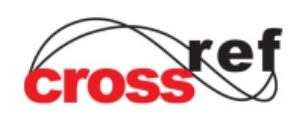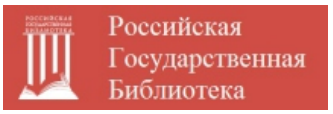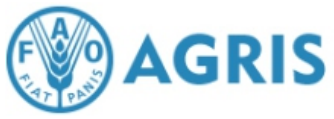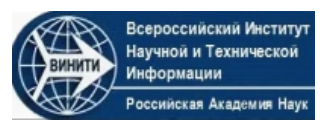Economic-mathematical modeling and instrumental methods for improving efficiency of sports reserve training
T.S. Demyanenko, E.A. Komov, L.M. Semenenko
Upload the full text
Abstract: The article addresses issues of increasing the economic efficiency for the sports reserve training. Young athletes are viewed as valuable assets, and the training process as an optimizing investment project. Aim. The objective is to develop an economic and mathematical model increasing the human capital return on investment (HCROI) through personalizing training management. Materials and methods. Cluster analysis is used as an investigation method. Results. The K-means clustering algorithm has effectively grouped 103 athletes, who met 15 objective parameters, into two homogeneous groups. Analysis of variance (ANOVA) confirmed significant differences between the groups, allowing them to be interpreted as two types of assets with different potential and risks. For each cluster are developed differentiated management strategies (training programs) aimed at maximizing their “value” (athletic potential) and minimizing risks (injuries, dropout). Conclusion. The study shows that mathematical models facilitate the transition from intuitive to scientific management of sports assets, thereby improving the overall performance of sports organizations.
Keywords: economic-mathematical modeling, cluster analysis, human capital, K-means, sports asset management, resource optimization, investment efficiency, sports economics, ice hockey
For citation. Demyanenko T.S., Komov E.A., Semenenko L.M. Economic-mathematical modeling and instrumental methods for improving efficiency of sports reserve training. News of the Kabardino-Balkarian Scientific Center of RAS. 2025. Vol. 27. No. 3. Pp. 179–188. DOI: 10.35330/1991-6639-2025-27-3-179-188
References
- Guba V.P., Kvashuk P.V., Nikitushkin V.G. Individualizatsiya podgotovki yunykh sportsmenov [Individualization of the training of young athletes]. Moscow: Fizkultura i sport, 276 p. EDN: QWSEHR. (In Russian)
- Lindt T.A. Physical development parameters of hockey players aged 11 to 21. Lechebnaya fizkultura i sportivnaya meditsina [Physical therapy and sports medicine]. 2016. Vol. 1(133). Pp. 12–17. EDN: VPQFOX. (In Russian)
- Jain A.K. Data clustering: 50 years beyond K-means. Pattern Recognition Letters. 2010. Vol. 31(8). Pp. 651–666.
- Eremich N.A., Shestakov M.P. Clustering of movement control indicators in elite athletes. Vestnik sportivnoy nauki [Sports Science Bulletin]. 2023. Vol. 2. Pp. 83–89. EDN: YHBVJE. (In Russian)
- Surina-Marysheva E.F., Erlikh V.V., Korableva Yu.B., Kantyukov S.A. Heart rate variability in predicting the professional career prospects of 15-16-year-old elite hockey players. Teoriya i pracktika fizicheskoy kultury [Theory and practice of physical education]. 2019. Vol. 2. Pp. 29–31. EDN: PPICTP. (In Russian)
Information about the authors
Tatyana S. Demyanenko, Candidate of Economic Sciences, Associate Professor of the Department of
Mathematical and Computer Modeling, South Ural State University (National Research University);
454080, Russia, Chelyabinsk, 76, V.I. Lenin аvenue;
demianenkots@susu.ru, ORCID: https://orcid.org/0000-0002-2420-5356, SPIN-code: 7170-3021
Evgeniy A. Komov, student of ЕТ-414 group, South Ural State University (National Research
University);
454080, Russia, Chelyabinsk, 76, V.I. Lenin аvenue;
besbogov@mail.ru
Lyubov M. Semenenko, student of ЕТv-229 group, South Ural State University (National Research
University);
454080, Russia, Chelyabinsk, 76, V.I. Lenin аvenue;
lubashtyka28@gmail.com










